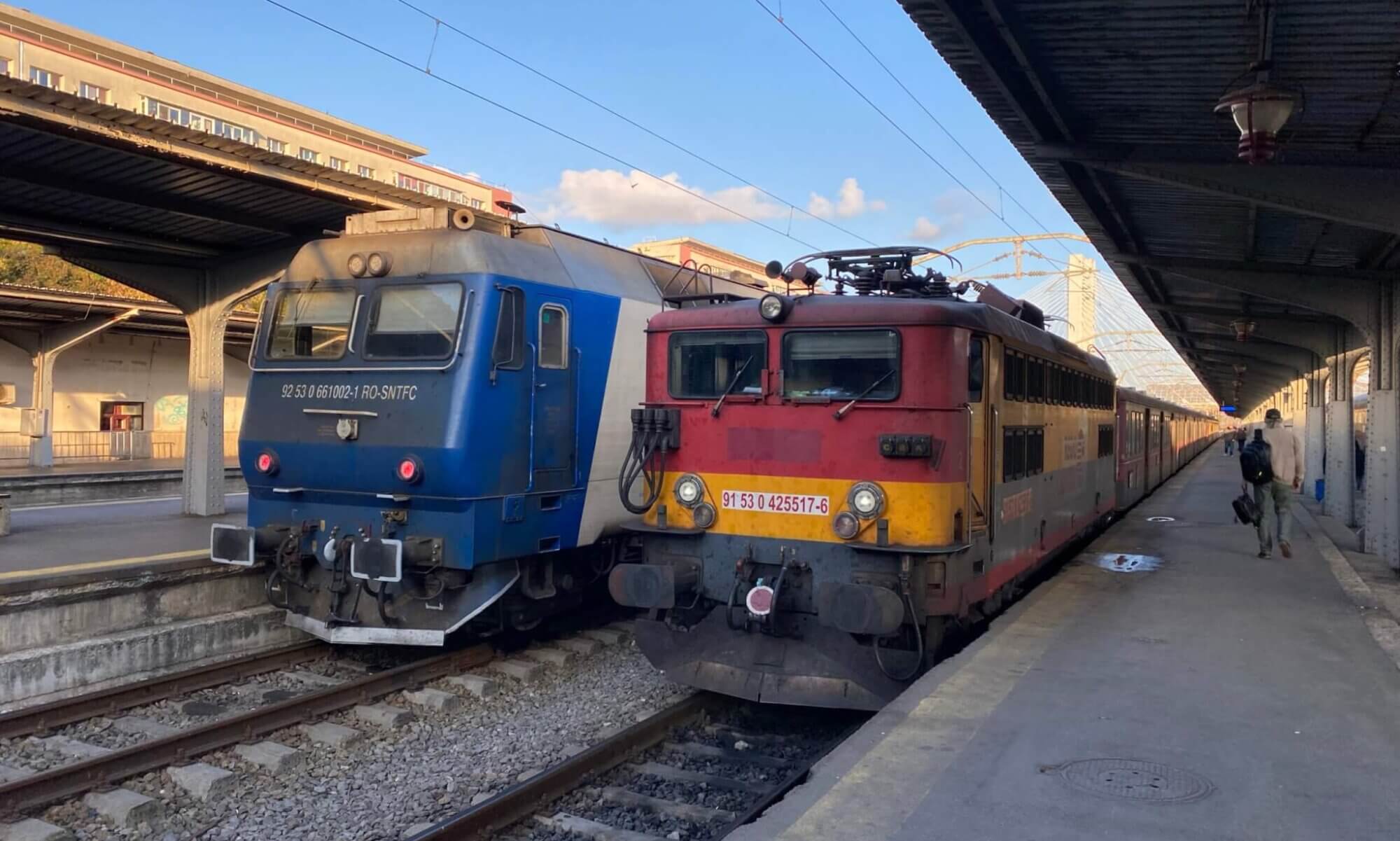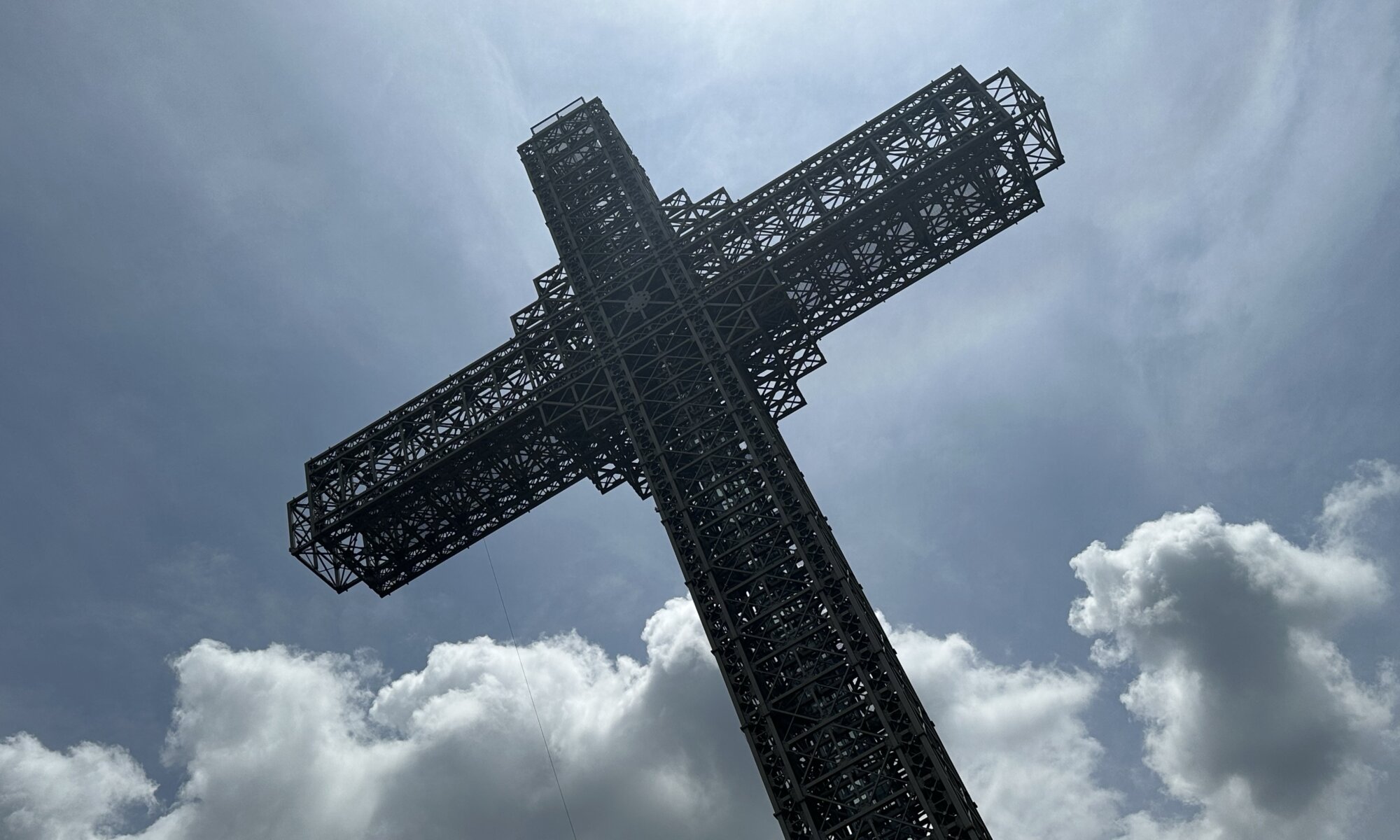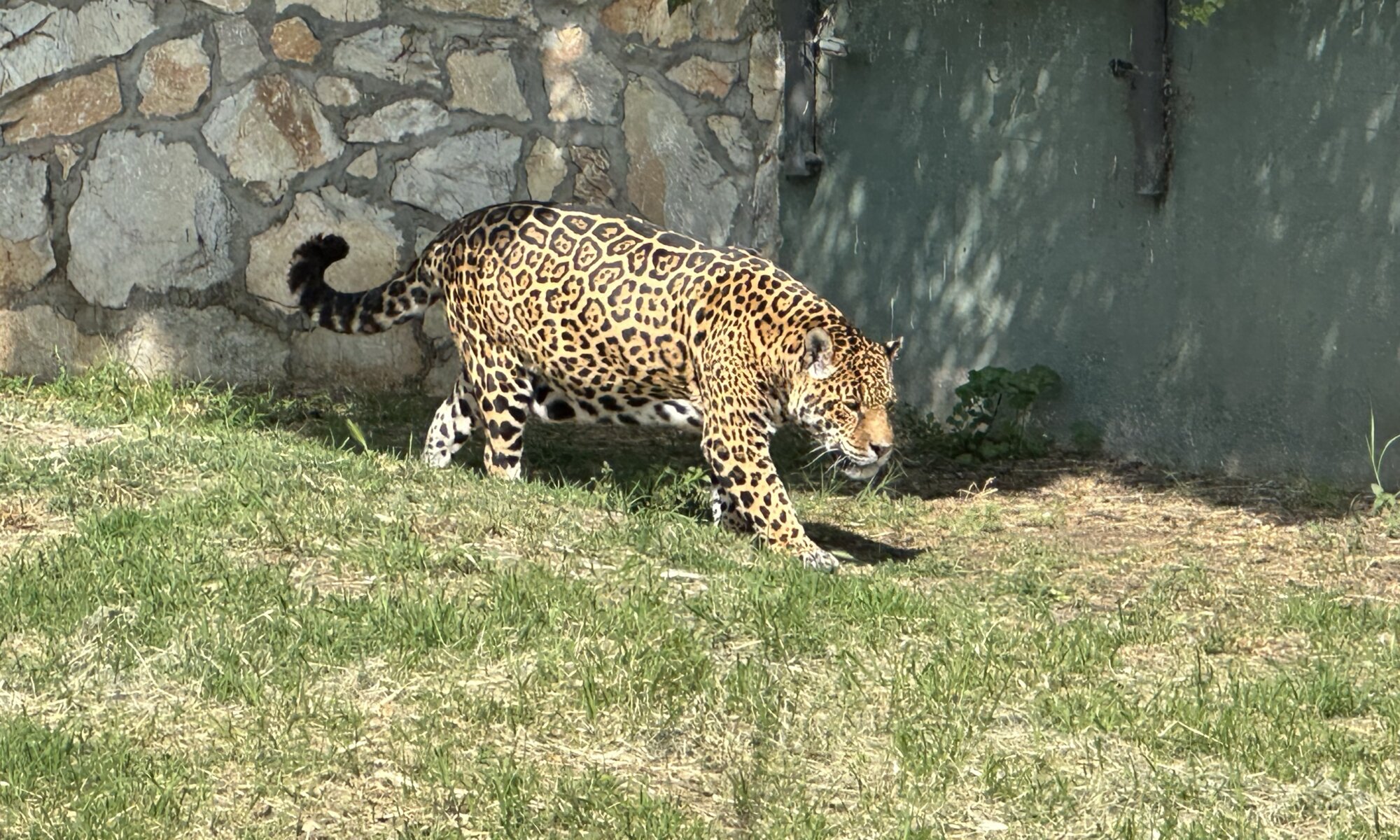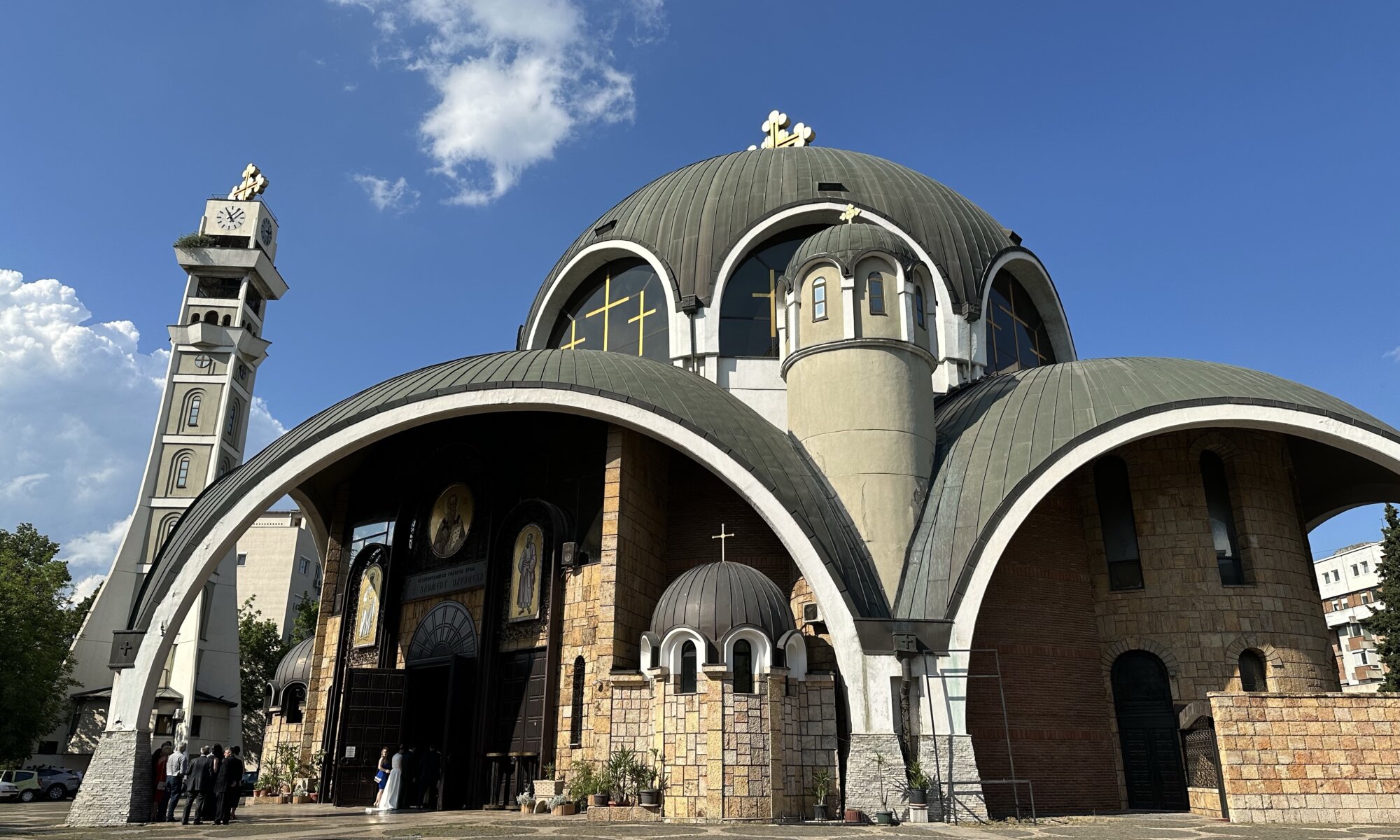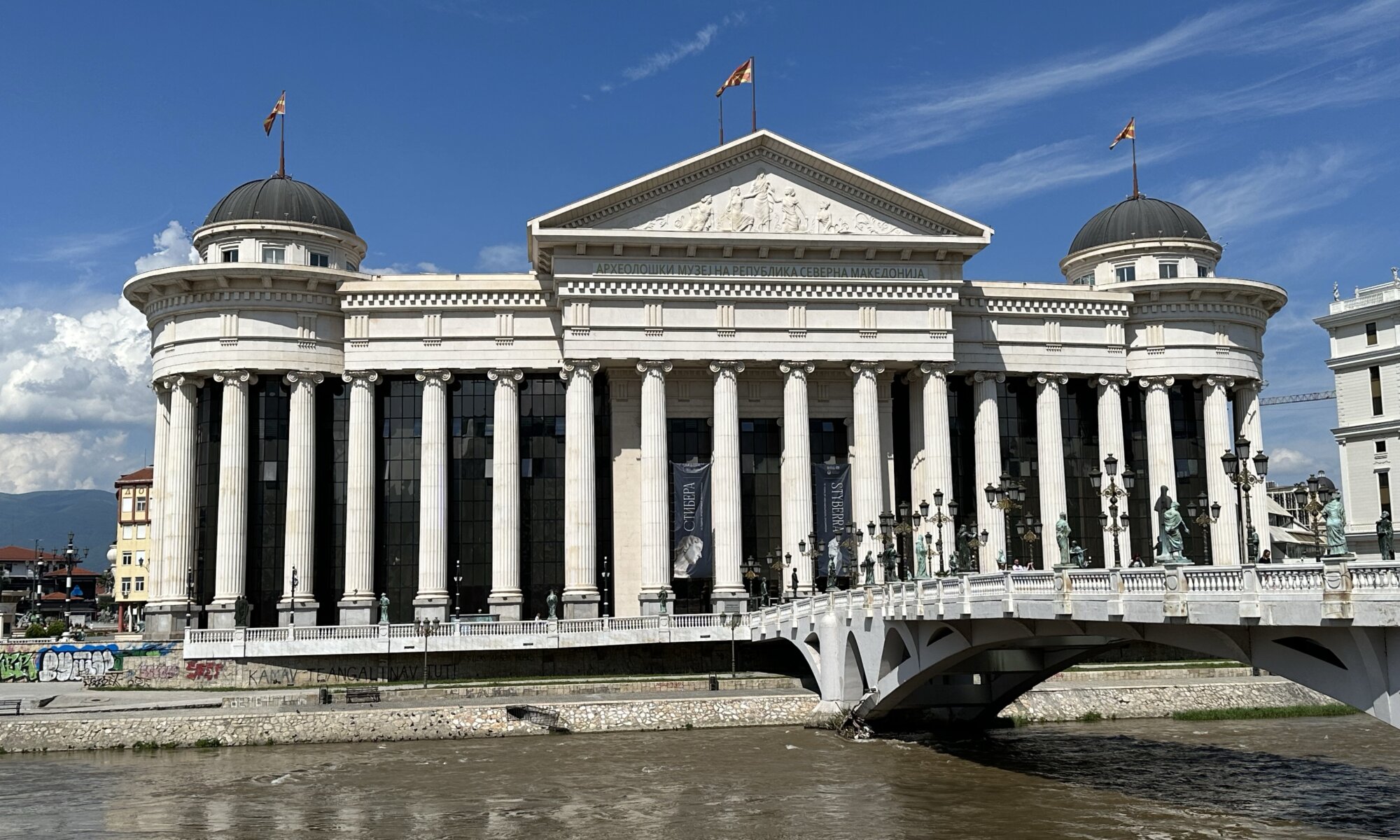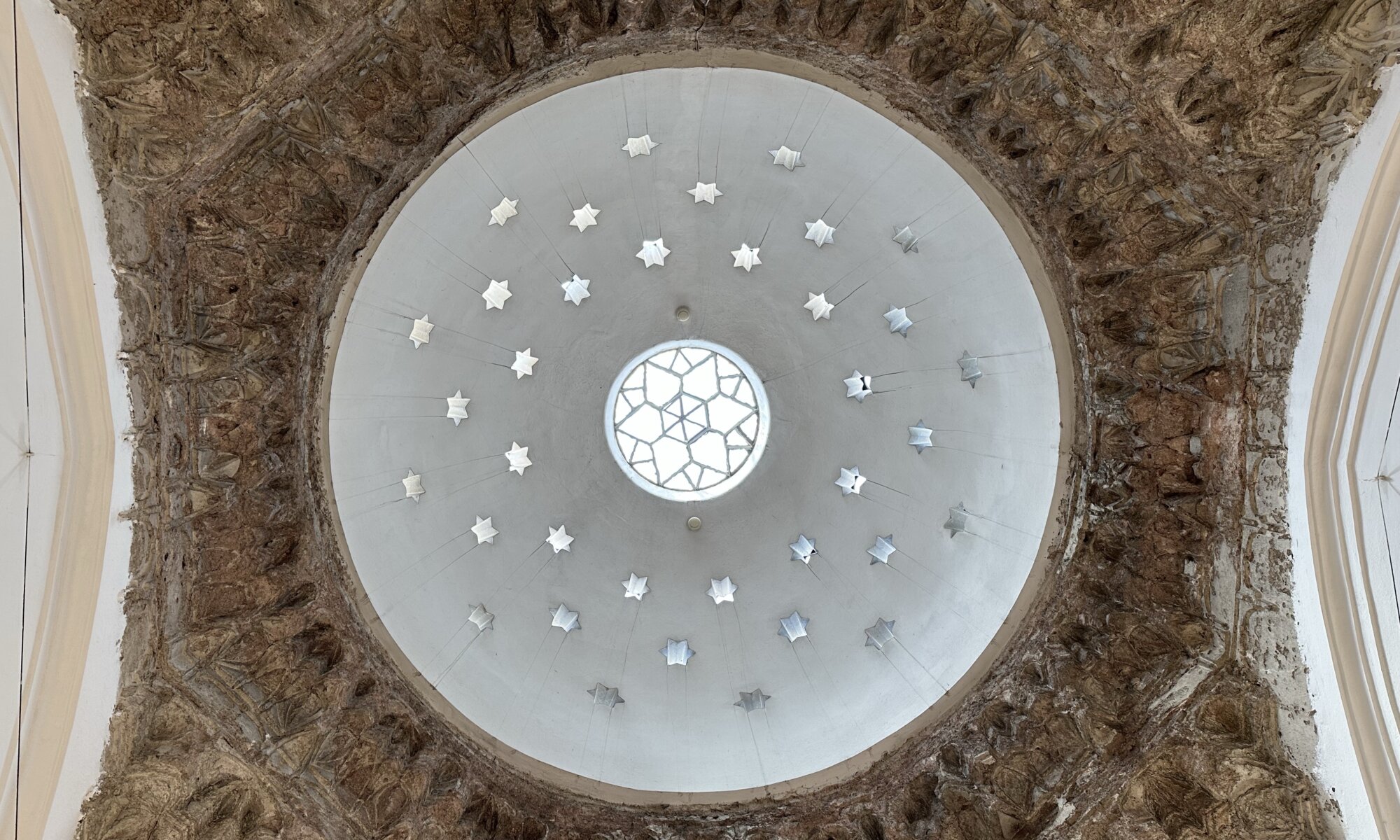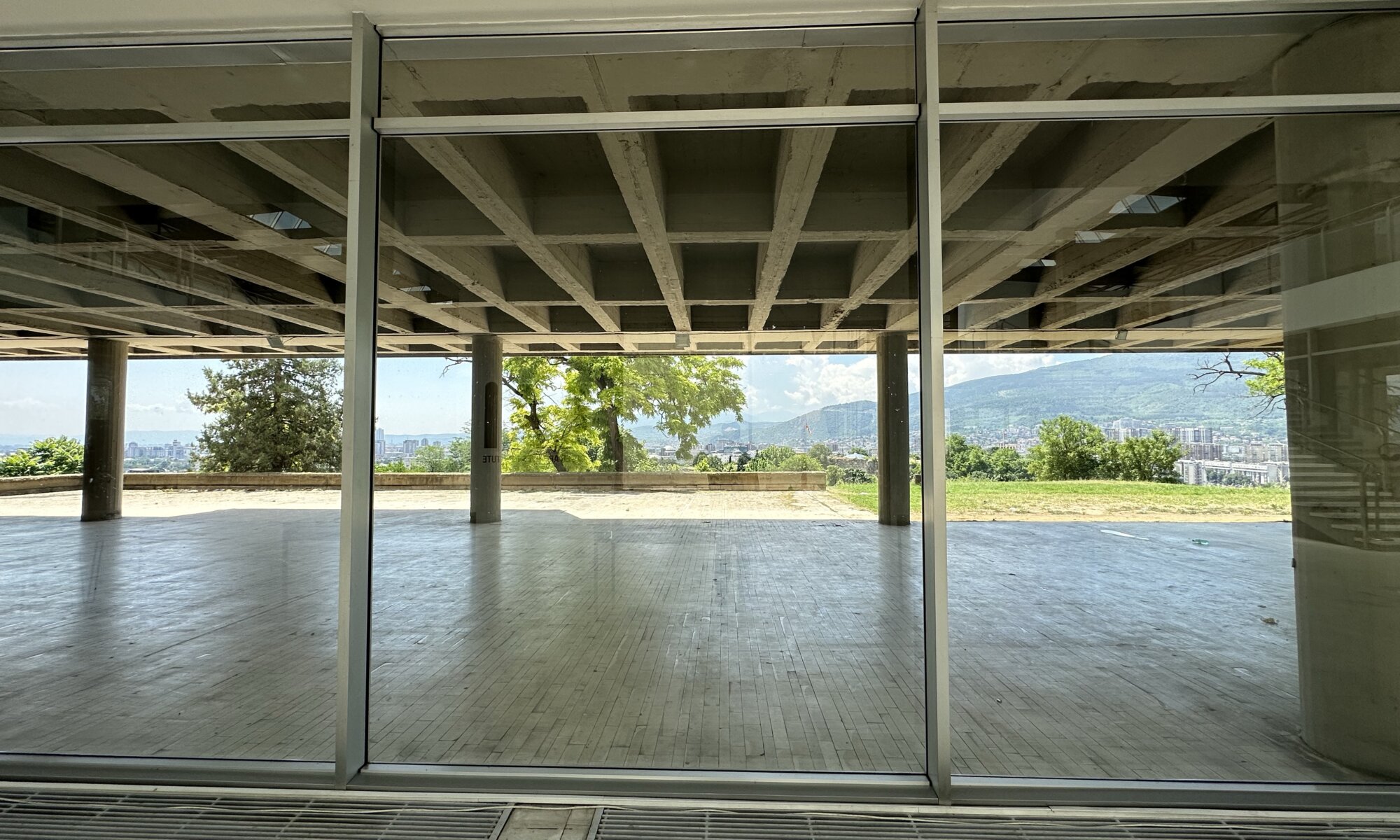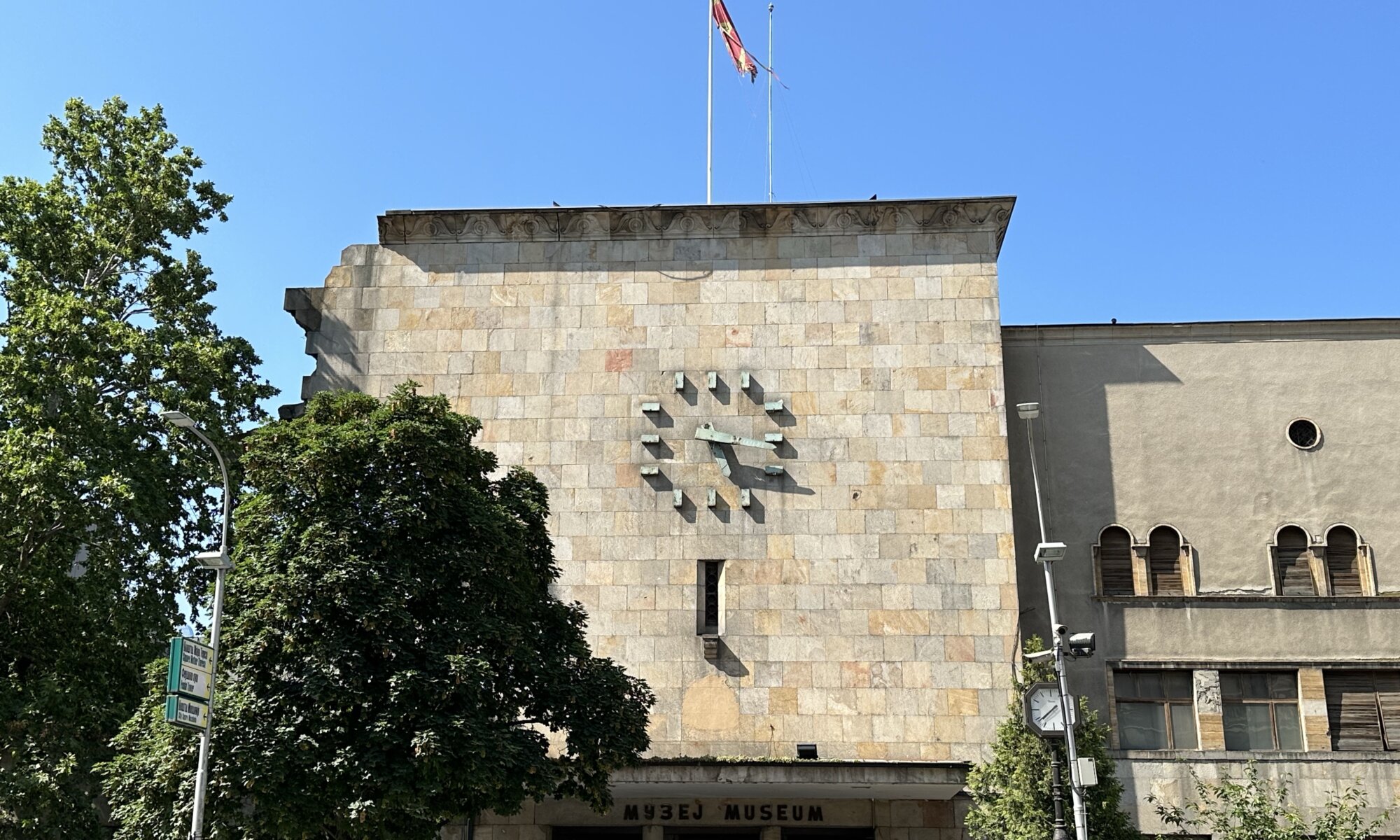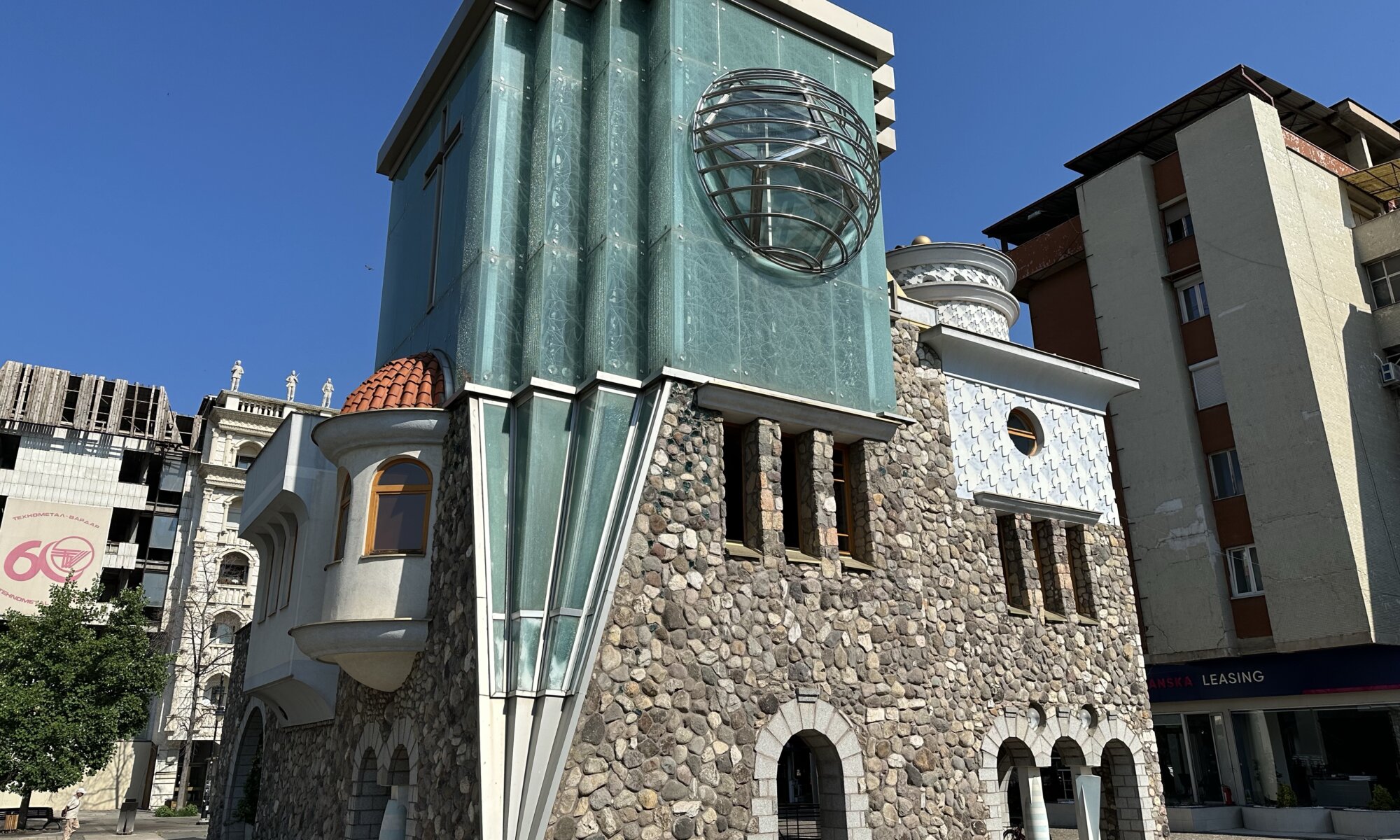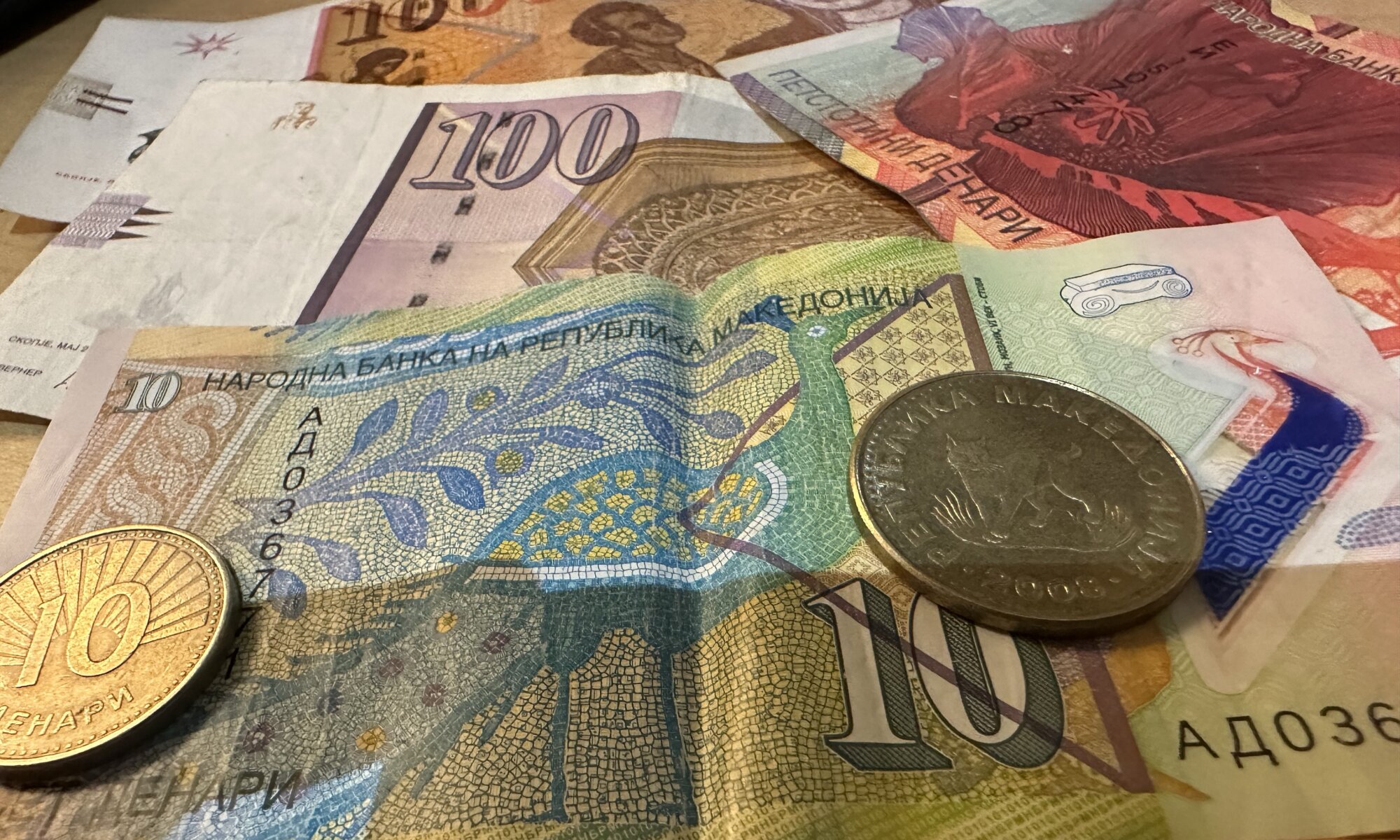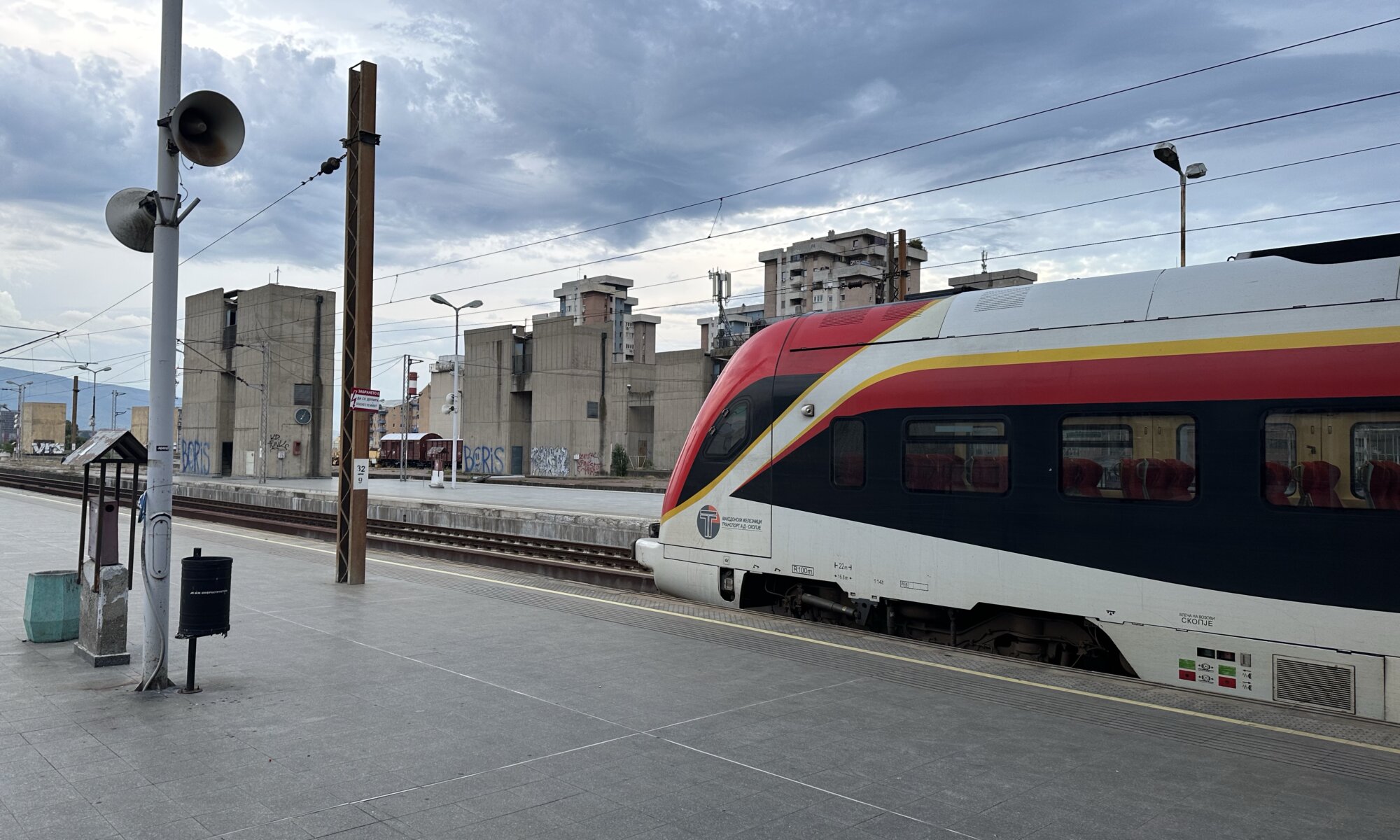Скопје, North Macedonia, is beautifully located in a valley surrounded by mountains. The Hausberg of the city, reachable pretty fast from the center, is the Vodno. It is located in the southwest and the highest point (Krastovar) is 1066 meters high. On top of it you can find the Millennium Cross (or Mileniumski Krst) – a 76 meters high cross made of steel and illuminated at night. It was placed there in 2002 as a symbol of the new millennium.
Continue reading “Mileniumski Krst”зоолошка градина
The zoological garden of Скопје is located next to the city park in the recreation zone northwest of the city center. It is only twelve hectares large but surprisingly good for a zoo in southeast Europe. You can still see how it evolved over the last years (partially due to sponsoring, but mostly after a 42 million denar investment by the city) and there are areas that urgently need an uplift – but it is already a pleasure to have a stroll through this nice garden and visit around 500 species of animals.
Continue reading “зоолошка градина”St. Clement of Ohrid
The church Sv. Kliment Ohridski at Скопје, North Macedonia, has a special architecture: with its 36 meters wide cupola and round shapes it could be confused with a mosque. But once you get closer you see the richness in decoration and the icons typical for an orthodox Christian church. It was opened in 1990 (with construction works already starting in 1972) and is therefore a rather young church.
Continue reading “St. Clement of Ohrid”Archaeological museum
The archaeological museum of Скопје is part of the heavily debated project Skopje 2014, the project that changed the face of the city center massively. It is located in a building close to river Vardar that received a new but historic facade. You can enter it over the highly decorated bridge of the civilizations in Macedonia. It contains many regional findings: golden masks from Охрид, icons from Виница and a nice coin collection.
Continue reading “Archaeological museum”National gallery
There couldn’t be a better location at Скопје for the national gallery of North Macedonia than the Davut Paşa Hammam. The bathhouse was built in the second half of the 15th century close to the historic city center of Скопје, it can be found close to the giant statue of Philipp II of Macedon. The building is an excellent example of Islamic culture and it is wonderful to walk through its beautiful rooms with star-covered domes and discover local artworks behind its numerous columns.
Continue reading “National gallery”Best views
Most visitors of Скопје climb up to the Kale fortress. From there it is only a stone’s throw to the museum of contemporary art – if you managed to find your way on broken steps up the hill. I found the museum rather empty but probably I’ve been there at that wrong point in time. But that didn’t matter, from the museum building you’re having amazing views on the capital city of North Macedonia. And that was already worth the sweat necessary to get up.
Continue reading “Best views”Half of a railway station
The current railway station of Скопје is not the first of the capital city of North Macedonia. If you’re leaving the modern city center on Macedonia street and walk to the south, you’ll find the location of the very first railway station. It existed there from 1873 to 1937, then it was torn down and in 1940 a new building was opened there. And that is what you see today, or at least a part of it: two thirds of the station were destroyed in 1963.
Continue reading “Half of a railway station”Mother Teresa
The Catholic nun Mary Teresa Bojaxhiu is known throughout the world as Mother Teresa, as an example for a person who has dedicated her life to help the poor. Under the name of Saint Teresa of Calcutta she has been officially declared a saint of the Catholic church mostly for her work in India. But where did she come from? The Albanians see her as a national hero, in Kosovo they name churches and airports after her. The people remember her at Скопје, North Macedonia. But maybe we also need to connect her to the Ottoman Empire.
Continue reading “Mother Teresa”Denar
When Yugoslavia broke apart and Macedonia became independent in 1992, it also gave up the Yugoslav dinar and introduced a new currency: the Macedonian denar (MKD). A denar is split into 100 deni (from the Roman Denarius coin), but you don’t need to memorize this: the deni are not circulating anymore. Instead there are coins with the value of 1 to 50 denars and banknotes from 10 to 5,000 denars. They show animals and historic buildings from Macedonia.
Continue reading “Denar”Modern trains, ancient stations
At Скопје you can currently discover two railway stations: the historic one from 1940 that is nowadays the city museum and the current one in Brutalist style. From the outside it looks like a number of pipes stored next to each other, but the Soviet-style inside is very well worth a visit; it is like travelling in time. When in 1963 an earthquake destroyed most of the former railway station, Japanese architect Kenzō Tange was engaged to built a new earthquake-safe one.
Continue reading “Modern trains, ancient stations”